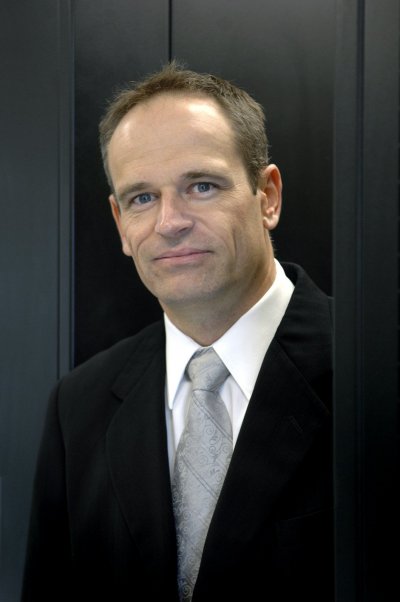Cooling tough economic times
The global financial crisis is the focus of almost everyone’s attention. Its effect on the ICT sector remains uncertain; however, it has taken the impetus off ‘going green’. Server Racks Australia’s Simon Dunphy* elaborates on ways to move forward in the server room and data centre in times of reduced budgets and the need for increased efficiencies while also going green.
The electoral cycle and administrative changes necessitated by a new incoming federal government in December 2007 saw the usual delays in federal government ICT projects moving forward. The Gershon Review compounded and lengthened this period throughout 2008 as government departments put procurement plans on hold pending the reported outcomes. The global financial crisis has further compounded delays and curtailed ICT spending.
The government has recently announced its vision with respect to the National Broadband Network (NBN) and has made it a high priority but specific details are scant and the speed of implementation remains to be seen.
ICT spending in the non-government sector has reduced as a direct impact of reduced government spending and the global financial crisis. Many organisations continue to take a ‘wait and see’ approach before moving forward.
It is not that long ago, following extensive global research which showed a devastating impact from greenhouse gases, that there was a major push to ‘go green’ and ‘reduce the carbon footprint’. The green impetus now appears to be taking a backward seat, especially as the global financial crisis rolls on, as the two issues are often seen as being in direct conflict.
The good news is that there is a solution to these seemingly irreconcilable forces. In tough economic times, cost reductions in the ICT arena are achievable by organisations investing in new energy-efficient technologies and Australian companies like Server Racks Australia have a lot to offer the market.
These technologies have the benefit of not only reducing substantial capital costs but also reducing ongoing costs (such as power) while also avoiding the construction of new facilities by maximising the use of existing equipment and infrastructure (such as higher density racks).
The costs associated with cooling or heat removal are the main ongoing costs associated with the running of a server room or data centre. Some typical methods listed in order of increasing effectiveness are the most common method of whole room cooling (ie, flooding the whole room with cold air), cooling supplied via vented tiles, in-row cooling and hot-aisle containment.
Newer technologies which are the buzz and are becoming popular include direct rack cooling (provided via raised floor or overhead ducts) and cold-aisle containment. These technologies result in considerable savings (greater than 30%) to ongoing power costs.
This is significant especially when the cost of power for cooling a typical medium-sized server room is around $100,000 per month and indications are that the costs will increase another 50% by 2011.
These factors have prompted a number of major commercial organisations to review their whole philosophy on how to provide cooling. On the basis of cost benefit analyses, they have replaced all of their server racks with direct cooling racks. Federal and state governments are now also using this direct rack cooling technology to provide focused cooling to racks with heat loads up to 10 kW and to solve major problems within the server room associated with poor cooling airflow.
Going green is achievable in the current economic environment and provides you with an enviable carbon footprint. It can significantly reduce your current ongoing costs and provide a significant strategic advantage post the current economic times and implementation of the Gershon Review recommendations.
 * Simon Dunphy is the General Manager of Server Racks Australia (SRA), an Australian company which has been manufacturing commercial and secure server racks and cabinets for the government and non-government sectors for the past 23 years. SRA is a specialist in designing and installing server room solutions. It recently developed and now manufactures a world-class patented server rack range known as the iPAMM (intelligent plenum air management module).
* Simon Dunphy is the General Manager of Server Racks Australia (SRA), an Australian company which has been manufacturing commercial and secure server racks and cabinets for the government and non-government sectors for the past 23 years. SRA is a specialist in designing and installing server room solutions. It recently developed and now manufactures a world-class patented server rack range known as the iPAMM (intelligent plenum air management module).
How AI agents will transform enterprise IT operations
Implementing AI agents requires careful consideration of where the technology fits, what risks it...
Who should take the lead in responsible AI?
The companies that treat responsible AI as a necessity today will be the ones defining the...
Why there's no efficient automation without integration
It's not enough for organisations to simply use AI: they must leverage it in a way that...




